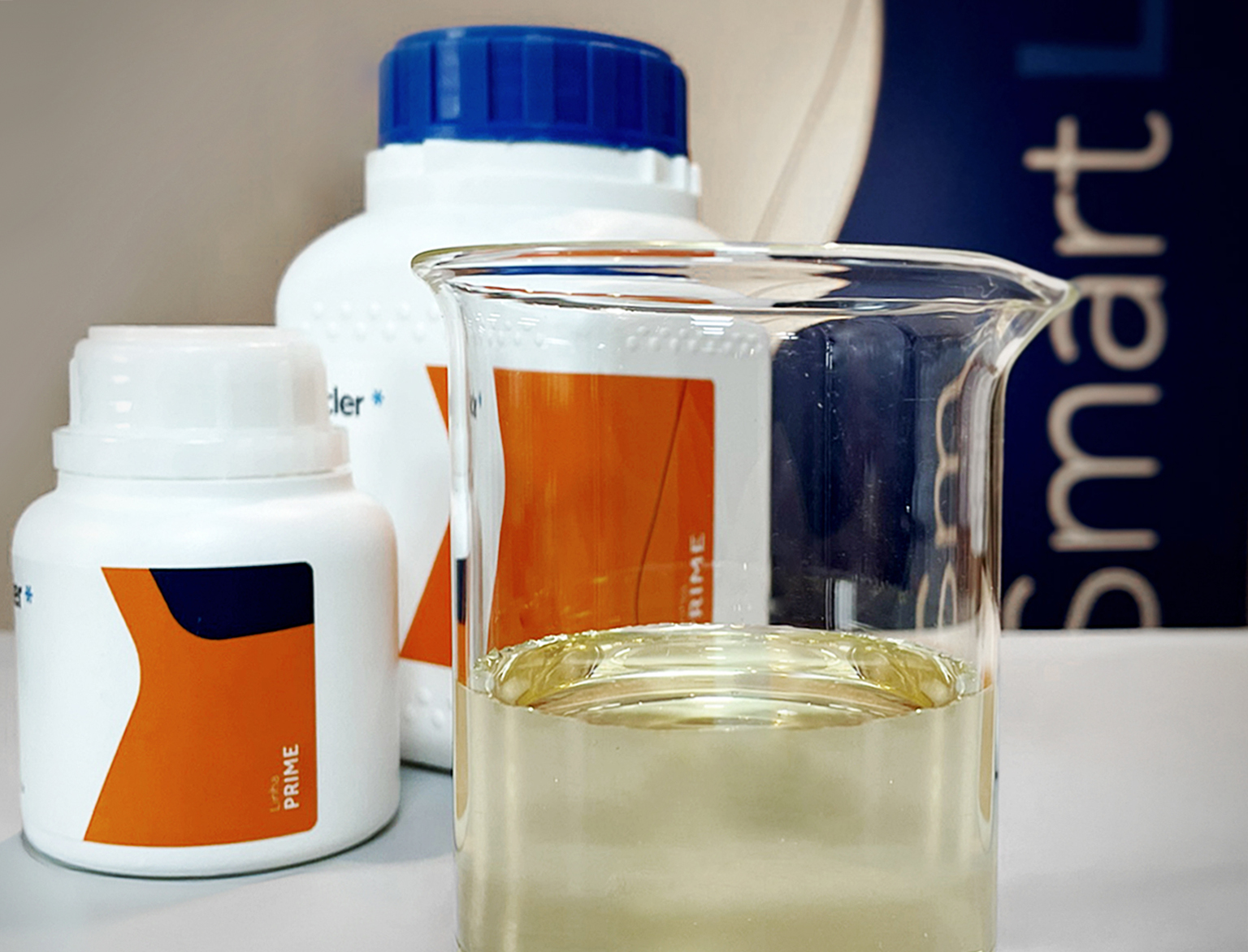Macler launches Dissolvine GL-47-S: An ecological and effective alternative to traditional sequestrants
Searching for environmentally friendly alternatives in various areas becomes crucial in a world increasingly aware of the need for sustainable practices. In the chemical sector, replacing harmful substances with biodegradable and less toxic options is a priority.
In this article, we will explore the benefits of Dissolvine GL-47-S, a Nouryon sequestrant available in the Macler range, which stands out as an excellent alternative to EDTA and other traditional sequestrants, with a focus on the environmental advantages it offers.

What is Dissolvine GL-47-S?
Chemically, Dissolvine GL-47-S is a tetrasodium salt of glutamic acid diacetate. Derived glutamic acid, a natural amino acid, the compound differs the main sequestrants on the market because it is biodegradable and has low toxicity. This feature makes it a much more environmentally friendly option.
Why replace traditional sequestrants?
Dissolvine GL-47-S can replace several alternatives, such as HEDP, NTA, EDTA, phosphates and phosphonates, especially for cleaning applications. It has high solubility over a wide range of pH values, it is soluble in acids and several other non-aqueous solvents.
Among the most used traditional sequestrants is EDTA (ethylenediaminetetraacetic acid), a widely used sequestrant, however, it presents serious environmental disadvantages. Its main problem is the fact that the product is not biodegradable, which means that it accumulates in the environment, dispersing in the soil and water bodies, it continues to be active, sequestering cations. In the long term, the continuous release of EDTA causes leaching, that is, the removal of essential nutrients such as calcium, iron, magnesium and zinc soil and water, negatively impacting ecosystems.
In its solid form, it is a powder that may cause serious eye damage, respiratory tract irritation, and is harmful if swallowed. Although the diluted form minimizes respiratory risks, other problems persist.
Regarding environmental impacts, HEDP presents a similar problem to EDTA: it is also not a biodegradable molecule. However, this lack of biodegradation can generate even more impacts in the case of HEDP, as this molecule is strongly adsorbed by the soil, which considerably increases phosphorus levels in the soil.
Phosphorus is an element that causes considerable concern, as its accumulation in the environment causes considerable damage. The presence of such an element can even be prohibitive in numerous products, as the sale of products containing phosphorus is very restricted in several countries.
To learn more about the sequestrants, access our article on the topic.
Advantages of Dissolvine GL-47-S
Dissolvine GL-47-S offers several advantages over other sequestrants:
- Biodegradability: Unlike EDTA, it decomposes naturally in the environment, minimizing negative impacts.
- Low toxicity: It has lower toxicity compared to EDTA, making it safer to handle and for the environment.
- Increased antimicrobial action: It demonstrates effectiveness in combating molds and Gram-negative and Gram-positive bacteria. It works by depriving cell walls of cations, weakening them and enhancing the action of other biocidal substances. Studies indicate that adding GLDA to biocidal formulations can reduce costs by approximately 30% without compromising performance.
- Chelation equivalence: The chelation capacity is very similar to that of EDTA. The table below compares Dissolvine GL-47-S with EDTA in the same active amount of 47%, indicating how many mg of each metal can be removed by each gram of sequestrant:

As we can see, the values are quite close, with a slight advantage for Dissolvine GL-47-S. This means that EDTA replacement can be done in a 1:1 ratio without loss of efficiency.
Lower environmental impact and lower toxicity
Dissolvine GL-47-S presents itself as an excellent substitute for EDTA, offering an alternative with lower environmental impact, lower toxicity and equivalent performance.
Its biodegradability and antimicrobial action highlight it as an innovative and sustainable solution for various applications. This transition represents an important step towards more responsible practices and environmental preservation.
Click here to download the commercial material for the product.
Learn More
When the temperature changes, turbidity, phase separation, crystal formation, or changes in viscosity may occur. Two parameters are critical in this analysis: the fog point and the cloud point.
This article will discuss best practices for peroxide-based formulations and tips for developing a high-performance, cost-competitive, and highly stable product.
Our chemistry
We use our labs to create
intelligent chemical solutions balanced with your reality.
Products
We use our R&D center, our own laboratory with experienced professionals, to deliver intelligent chemical solutions in balance with your reality.